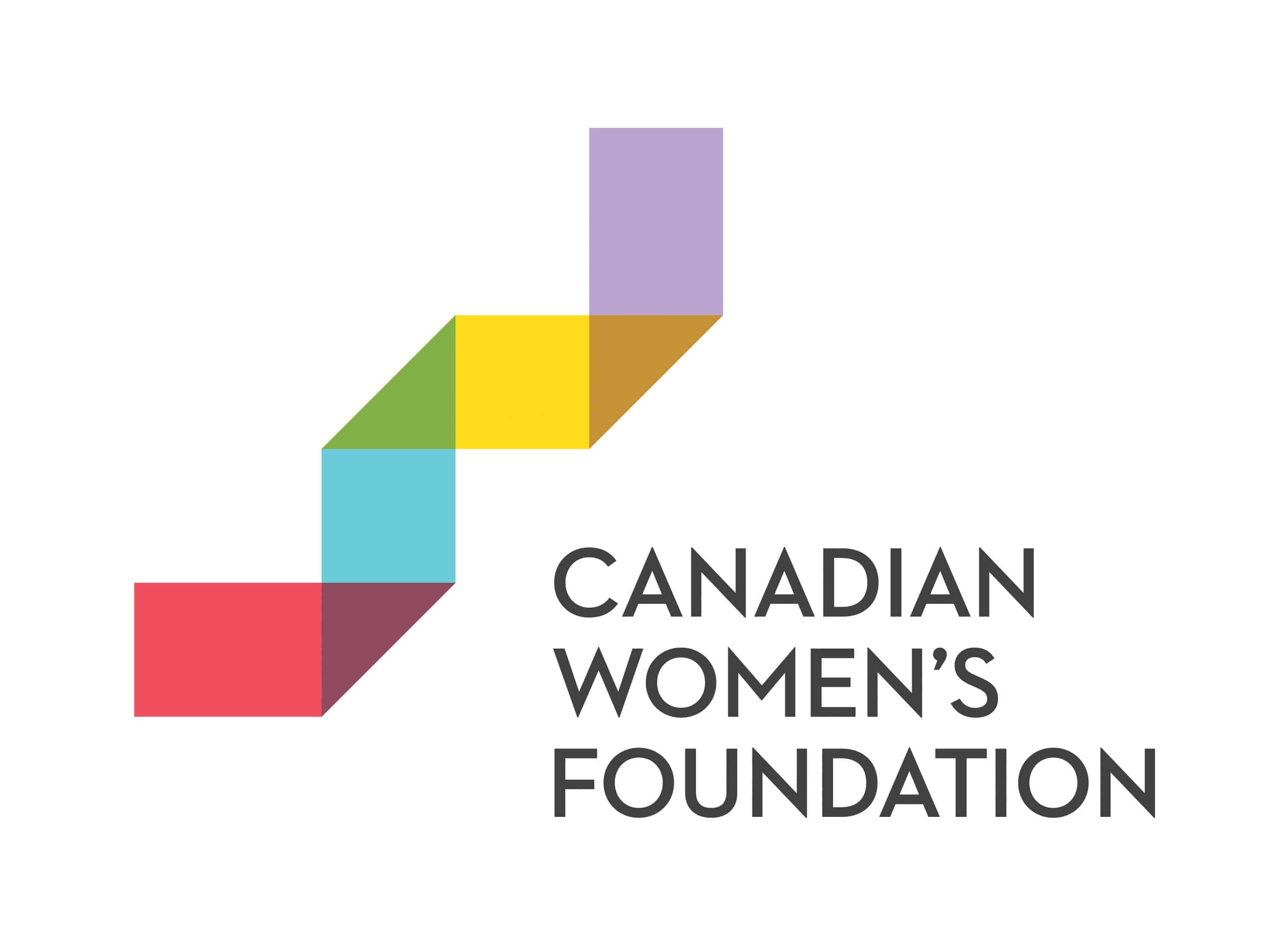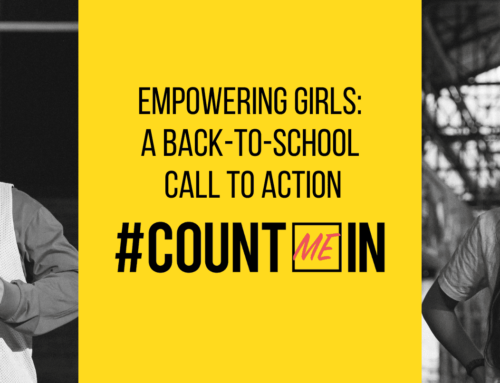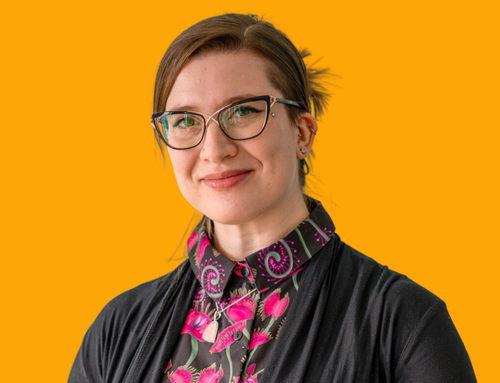When photographer Kirsten McGoey was searching for a fresh way to practice her art, she didn’t have to look far for inspiration: her middle son sparked her photo series #ABoyCanToo. “He beats to his own drum,” says Kirsten. “While a lover of math and science, he is often drawn to things that are not considered male by society.”
#ABoyCanToo is a series of lifestyle and studio portraits featuring boys aged 4-16 whose interests and hobbies defy gender norms. "The objective is to support the boys who are making these choices, and who are influencing people to understand that they are acceptable choices for young men to make,” says Kirsten, who launched the project out of her hometown of Whitby, Ontario in 2016.
In the following Q&A, she discusses how the photoshoots empower boys, and how challenging gender stereotypes relates to gender equality.
Q: Can you elaborate on how your middle son helped inspire #ABoyCanToo?
A: My middle son is not into team sports, he doesn’t play hockey, or soccer, or basketball. He loves to dance, and he loves sparkles, and rainbows, and ponies. Whenever he wears the colour pink, and somebody says, “Why do you like pink?” he just answers, “Why wouldn’t I?”
I’m also a long-time fan of the photographer Kate Parker, who did “Strong is the New Pretty” with her daughters. It’s about the idea of girls being what they want to be, and not having to follow gender stereotypes. People kept telling me that her work was “so me,” because I grew up just like that.
But now I have three boys, so my truth is so different. They always say, when you create something – write a book, do an art project, take photos – you have to tell your own story. My story is being influenced and educated by my middle son, who told me, “This is what I love to do and this is what I choose to do, and it’s not ‘for men’ or ‘for women’ – I just do it because I love it.”
Q: You’ve said that you’re raising your sons to be gender-positive. What does that mean to you?
A: To me, gender positivity is accepting non-stereotypical choices in a world that seems to crave to separate male and female far too much. I’m trying to have them accept what people’s choices are at face value. I think we do that naturally when we’re younger, but the older we get, the harder it is. The more we become exposed to societal pressure, the media, television, even toys, we start unconsciously, and then consciously, dividing ourselves up.
Q: How does a typical #ABoyCanToo photoshoot go?
A: I try to make the boys feel really comfortable and at ease with whatever they’re doing during the shoot. I show them pictures as we’re going along and explain what my vision is. They get pretty excited.
One boy loves to paint his nails, and he brought all sorts of things to his photoshoot and planned it all out. When the photos were featured in an article, he brought it to class for show and tell. It gives the boys a sense of empowerment.
At first, I took the photos in my studio, but then I started going into the dance studio and capturing pictures of the boys dancing. I’d like to do more of that, and that’s what I see for the project in the future.
Q: What is your ultimate goal for this project? How do you hope to see it grow in
A: If you’d asked me that six months ago, I would just have said to reach out to as many boys as possible. People have reached out to me from all different countries to thank me for sharing these stories or to share articles with me. Right now, the project is GTA-focused, but I want to expand #ABoyCanToo to every province. I do this work for free, and I'm starting to focus on how I can build the funds that will allow me to travel across the country to photograph more boys.
If you look at Billy Elliot, and what impact that movie has had on ballet in the U.K., it’s clear that there is the possibility of one person affecting the world on a larger scale. I feel like I’m a conduit to allow them to shine. Yes, it’s my project and I’m using my media background to showcase them. But, at the end of the day, the people that are getting the most out of it are the boys and their families and friends. They get a limelight that they’ve never had before.
Q: This project is about empowering boys to challenge/question gender stereotypes. How does this contribute to gender equality?
A: If you have b
#ABoyCanToo is about boys that, of their own volition, choose to do something that is stereotypically female. I have to hope that boys that do that have a better perspective on the world. As long as they continue that as they get older, it’ll make them better leaders, better bosses, better husbands, and better brothers.
You can visit www.aboycantoo.wordpress.com for more information on the project. You can also get updates about #ABoyCanToo on Facebook and Twitter.
Learn More:
- Engaging Men and Boys in Gender Equality: Q&A with Kevin Vowles.
- Why a Man Wearing Dress is my New Hero.
- Want to See More Girls in STEM? Do Away with Gender Stereotypes.
Take Action:
- Sign up for our e-newsletter to have our latest stories and resources sent to your inbox.
- Follow us on Facebook and Twitter to join a national conversation about gender equality.








